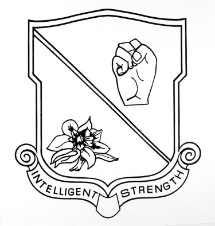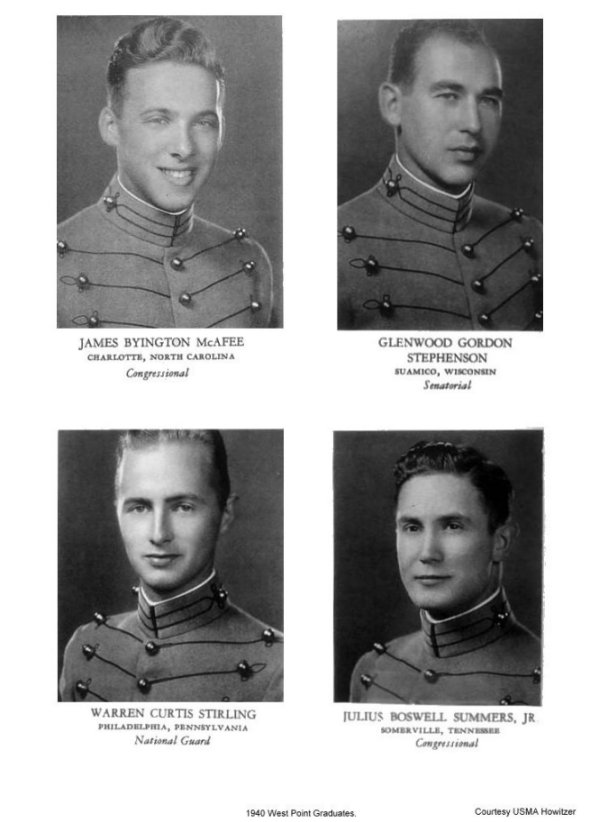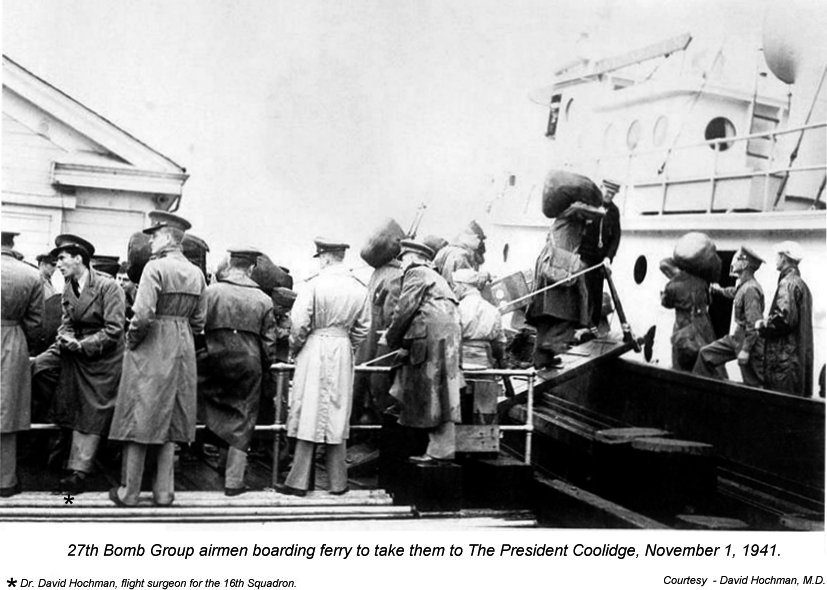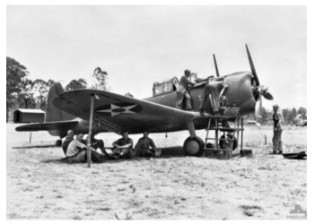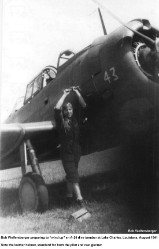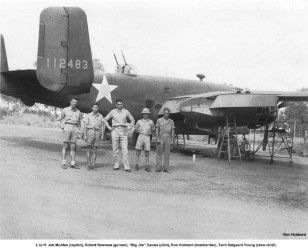The 27th Bombardment Group was activated in February 1940 when the elite 3rd Bombardment Group was split in two at Barksdale Field in Louisiana. In October the 27th and the 3rd both moved to Hunter Field in Savannah, Georgia so the airmen could practice low-level attacks against ships off the Atlantic coast.
Operation PLUM is the story of the 27th and 3rd Bombardment Groups during the first 12 months of the war in the Pacific. This is the only book to devote an entire chapter to Royce’s Raid. An appendix follows the 3rd Bomb Group to the end of the war, with particular concentration on its involvement in the Battle of the Bismarck Sea and the air attack on Rabaul’s Harbor in November 1943, later referred to by General Kenney as “the toughest fight 5th Air Force encountered in the whole war.”
Acronyms and code names played a big role in the military lexicon of World War II. Radar, OVERLORD and D-Day all had an additional life once the war was over. One name, however, seemed to fade away not long after its birth – Operation PLUM. For many it meant death; for most, 3½ years as POWs. The 27th Bomb Group arrived in the Philippines with 1209 men in November 1941. One year later, 20 returned to the United States.
Americans know a great deal about Pearl Harbor and subsequent battles across the Pacific as the troops fought their way to Japan. They know MacArthur left the Philippines and those left behind endured the infamous Bataan Death March. Yet they know almost nothing of the fighting by U.S. forces that raged in and around the Philippines, Java, Australia and New Guinea during those first months of the war. Why? Because we were losing.
The Japanese had counted on an easy victory in the Philippines, leading to a quick overrun of the Dutch East Indies and New Guinea. They didn’t get it. Because of the fierce resistance, led in part by the 27th and 3rd, they were forced to keep fighting, using manpower they sorely needed elsewhere. This delay gave valuable time to the U.S. to recover from the devastating blow at Pearl Harbor and prepare for war.
PLUM is both the true tale of the 27th and 3rd Bomb Groups and a cohesive overview of America’s early months of WWII in the Western Pacific. When the Japanese invaded the Philippines in December 1941, U.S. forces retreated to the Bataan Peninsula, and the 27th became an infantry unit. When Bataan fell, most men of the 27th went on the Death March. But General MacArthur, realizing the need for trained pilots, evacuated some of the 27th pilots in a submarine from Corregidor to Java, where they continued to battle the enemy until Java fell. Once again, they escaped with a handful of pilots to Australia, where they met up with other pilots from the 27th. At this point in the war, these pilots were practically the only air force in Australia and New Guinea.
In late March, 104 airmen of the 27th merged with the newly arrived 3rd Bomb Group in Australia. On April 6th the men of the 3rd successfully bombed the Japanese air base at Gasmata, New Britain, a daring mission that exceeded 2200 miles. They followed this up with 2 days of bombing behind enemy lines on Mindinao, flying over 5200 miles without losing a plane. Newspaper headlines dubbed this “Royce’s Raid,” and for a short time it thrilled the public until Jimmy Doolittle and his men dropped their bombs on Tokyo, overshadowing the courageous and now nearly forgotten success of these airmen.
Operation PLUM continues to follow the remaining pilots from the 27th and 3rd through November 1942. The last few months of the story slightly overlap with the time when many other books on the war in the Pacific begin (i.e., MacArthur going on the offensive in New Guinea; the marines at Guadalcanal). Pilot survivors quickly rose through the ranks to become Air Force leaders. Portions of the story are told in the first person by these retired colonels and generals.
The 27th, the 3rd and other units who were deployed early to the Pacific played an important role in delaying the enemy while America got its military production and troop training in high gear. Had it not been for these units, America’s offensive ground and air campaigns in the Pacific might have started in Hawaii or even California instead of New Guinea and surrounding islands.
The shock and confusion of those early months of the war, added to the grievous losses the Allies were sustaining, has not made the activities of the 27th and 3rd Bombardment Groups the subject of much in the way of inspirational literature. It should be. This book corrects that oversight. PLUM presents an overview of America’s early months of WWII in the Western Pacific, which until now seemed to be missing. It explains how events in different places in this theater of the war were interrelated and influenced each other. The appeal of the book is multi-faceted. It is a story of bravery and courage in the face of tremendous odds. It is a war story full of action, danger and strategy. Once the tide turned, the story of the war became hard-fought Allied victories. In its own way, the story of the 27th and 3rd was also a hard-fought victory and deserves to be told. And it’s all true.
Operation Plum is a well researched, highly informative book dealing with the 27th Bomb Group. From the wonderful foreward to the excellent footnote & reference pages, it demonstrates what men, that were essentially abandoned, can do in the face of extreme duress. It has helped me tremendously in the development of the 3rd Bomb Group site, since both these groups shared a common heritage. My hat is off to both Dr. Larry Stephenson & Adrian Martin for their fine presentation. I am constantly referring to it in my research for the 3rd BG site.
Gerry Kersey
